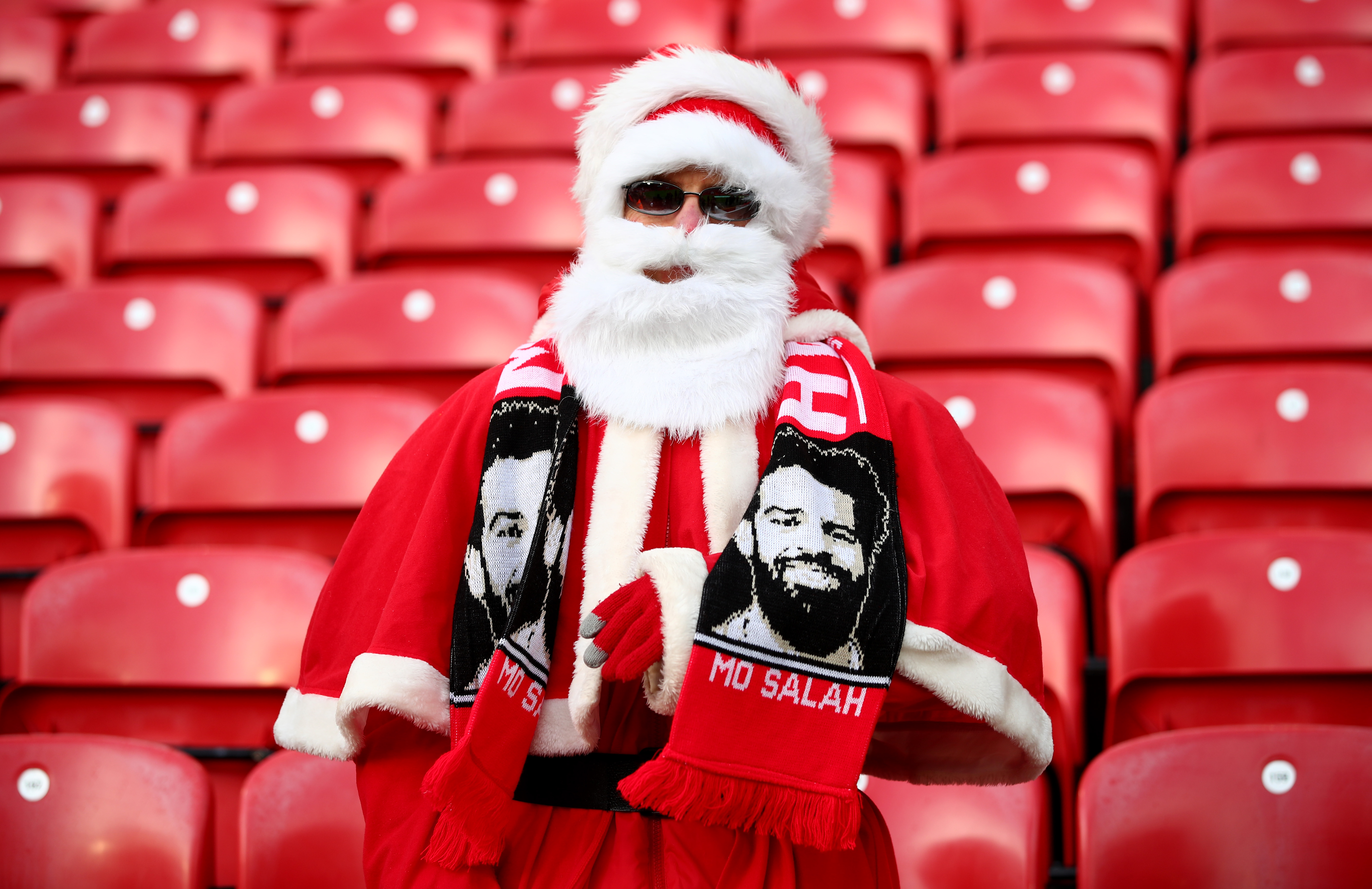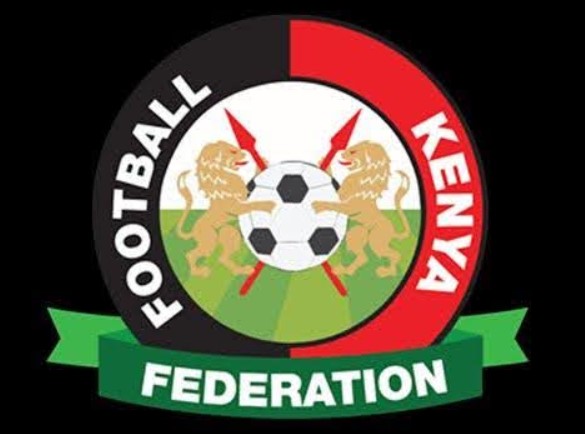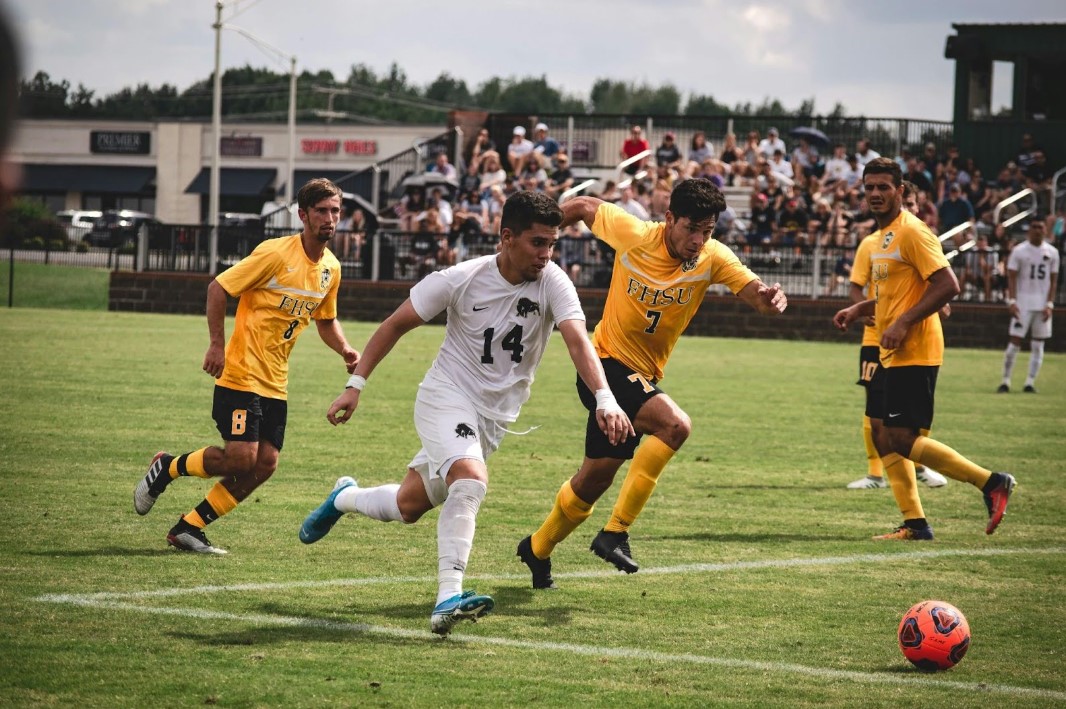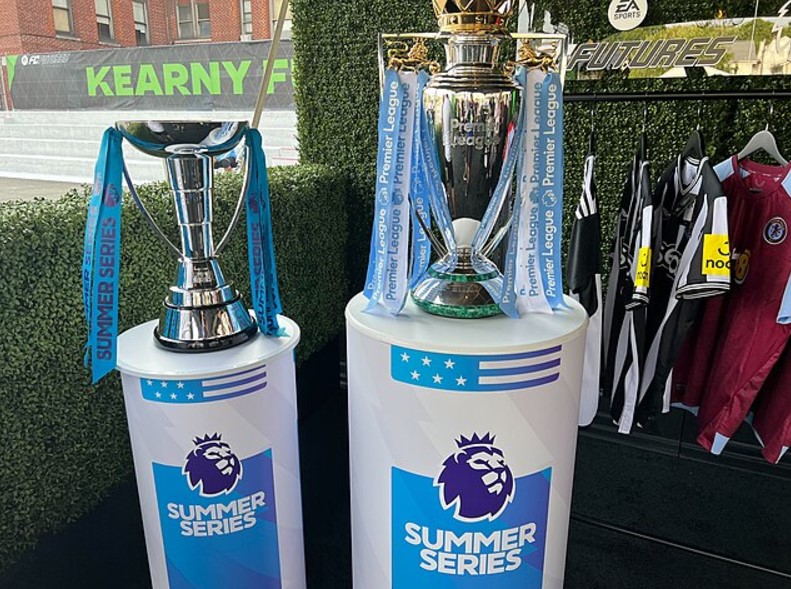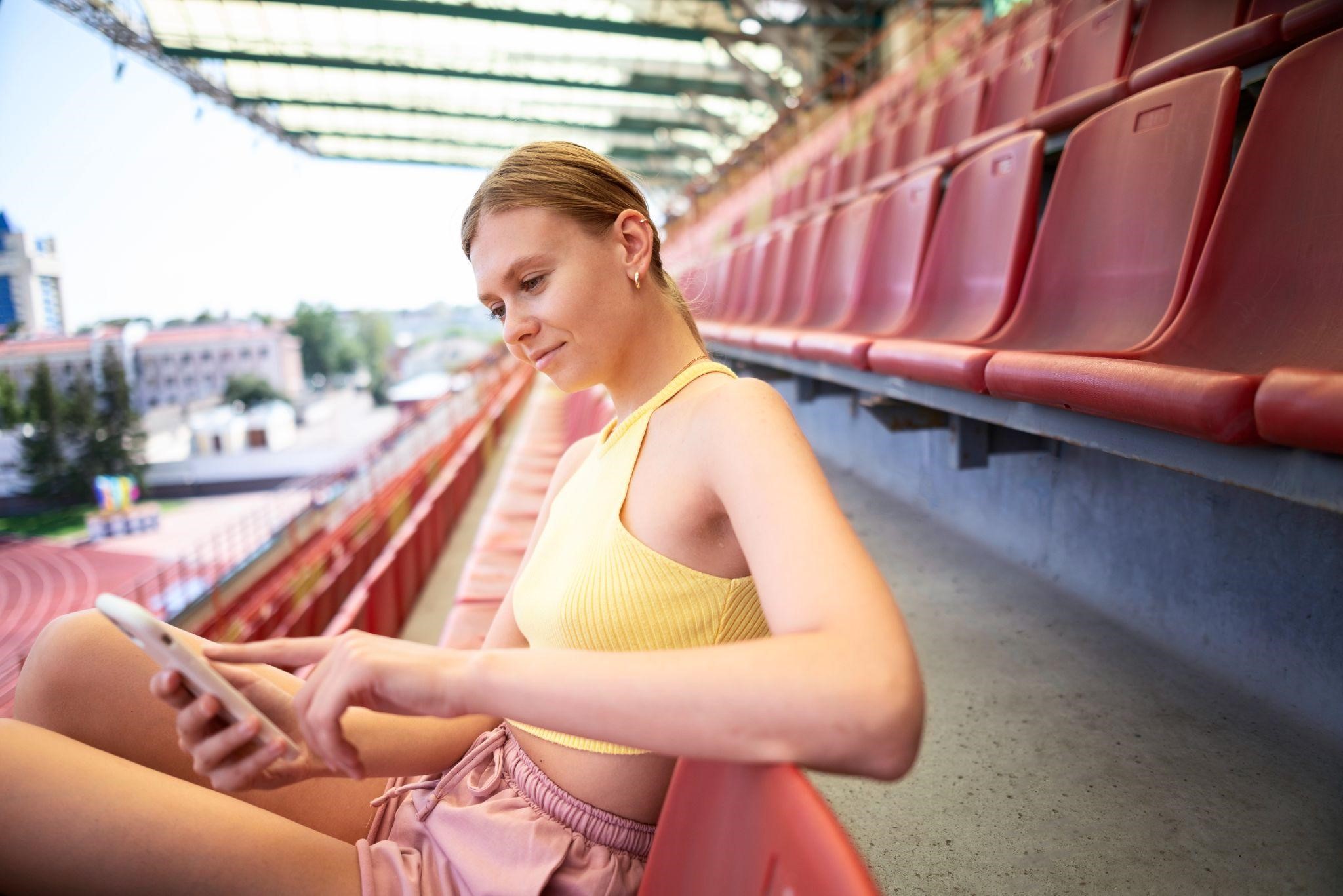Cristiano Ronaldo: Island Roots to Global Icon
Cristiano Ronaldo dos Santos Aveiro entered the wo
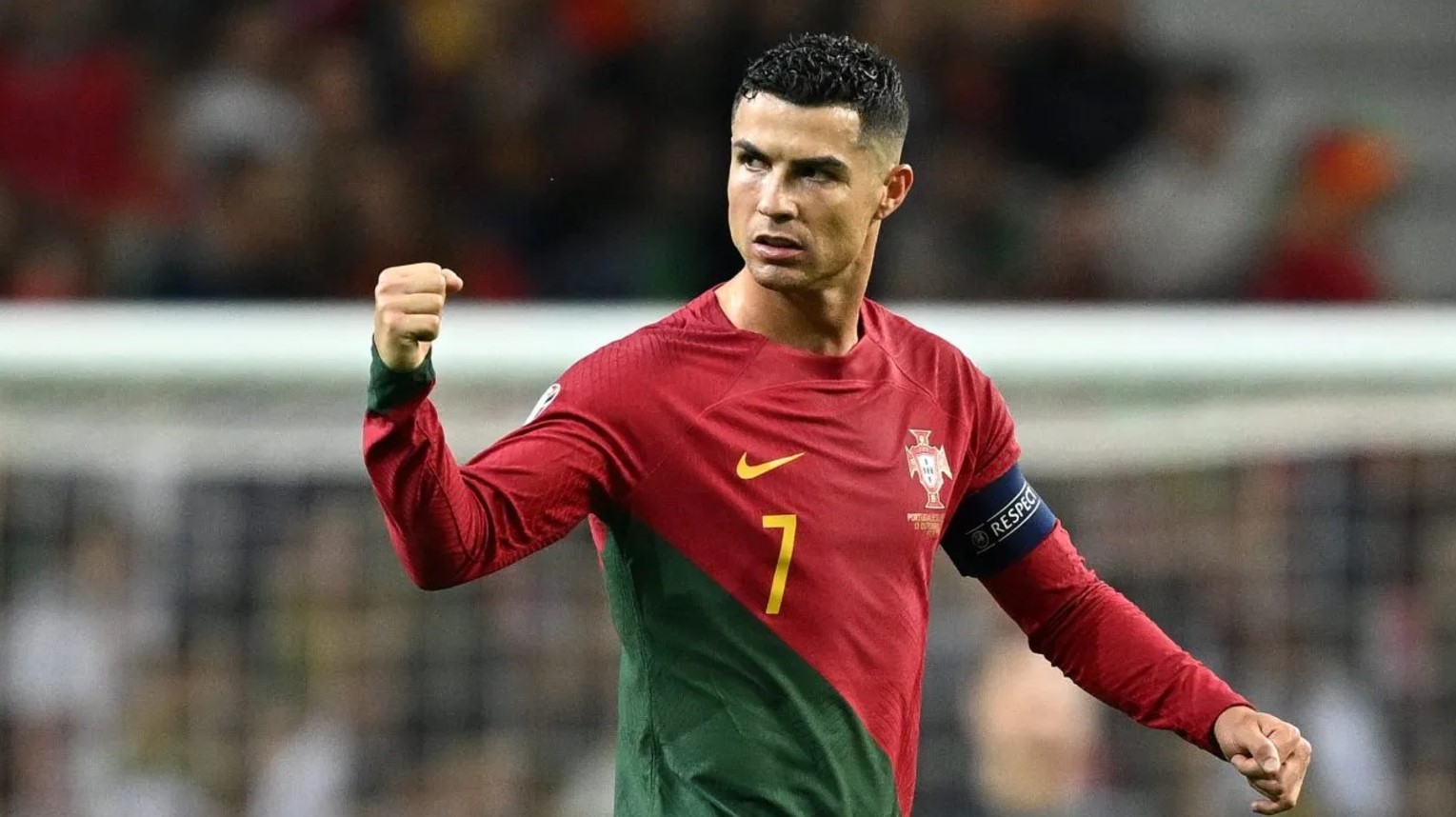
Cristiano Ronaldo dos Santos Aveiro entered the world on Madeira — a jagged Atlantic outpost where narrow streets double as improvised pitches and the sea air never quite leaves a footballer’s lungs. From the moment he could balance on two feet, Ronaldo was sprinting after battered balls under flickering street lights, outpacing boys several years older and refusing to yield when stronger legs clipped his ankles. Coaches at tiny Andorinha quickly realised that his talent rested not only in raw acceleration but also in a rare, almost stubborn appetite for self-improvement. Those sessions in dusty courtyards, punctuated by the clatter of passing scooters, laid the first bricks in a sporting foundation destined to stretch far beyond the island’s volcanic ridges.
Leaving Home for Sporting
At twelve he packed a single suitcase and boarded a northbound ferry, then a bus, then a train — a homesick pilgrimage to Lisbon’s famed Sporting CP academy. Reporters trailing youth football marvelled at how a boy from Funchal dribbled through bigger opponents as if chasing loose change, and even lifestyle websites more accustomed to leisure and Arabic casinos online ran curious side-bars about the skinny islander making noise in the capital. Loneliness hit hard in the dormitory hours, yet those quiet tears hardened into resolve; Ronaldo rose before dawn, sprinted stadium stairs while classmates slept, and vowed to return to Madeira only after signing a professional contract.
Manchester Breakthrough
Opportunity arrived in August 2003 during a friendly that turned into an audition. Sporting stunned Manchester United, but the real spectacle unfolded on the wing. Sir Alex Ferguson saw a teenager twisting veteran full-backs sideways, blending imagination with a willingness to track back, and signed him before the team plane left Portugal. England’s Premier League introduced a different brutality: wet pitches, crunching tackles, partisan crowds chanting in unfamiliar cadences. Bruises, though painful, taught efficiency, and by 2007 his medal collection already featured league glory. A year later came a Ballon d’Or and a Champions League triumph — proof that flair could coexist with end product when guided by unwavering discipline and a mentor’s firm support.
Real Madrid Supremacy
In 2009 Real Madrid shattered the transfer record to parade Ronaldo at the Bernabéu under a scorching Spanish sun. Expectations bordered on myth, yet he responded with a goal-per-game rhythm unseen since the era of Alfredo Di Stéfano. The weekly duel with Lionel Messi turned ordinary matchdays into global viewing events, while away from the cameras Ronaldo dissected every facet of performance — biomechanics, nutrition, sleep cycles, even breathing patterns in recovery pools. His obsession produced four additional Ballons d’Or, four more Champions League trophies, and a statistical legacy bordering on the absurd: more than four hundred goals in white, many delivered in moments when tension fossilises lesser players’ limbs.
Reinvention in Turin
By 2018 he sought a fresh canvas and found it in Juventus, where Serie A’s tactical tightness demanded subtler movement and ruthless timing rather than pure sprint speed. Critics wondered whether a thirty-something forward could rewrite himself once more; he answered by topping the scoring charts, guiding Juventus to another Scudetto, and redefining his game with sharper one-touch finishes and near-mathematical positioning in the box. Off the pitch he expanded an empire of fashion, hotels, and social-media influence whose population rivals that of mid-sized nations, demonstrating that brand stewardship can coexist with athletic longevity.
Return, Upheaval, and the Saudi Chapter
A sentimental reunion with Manchester United in 2021 looked promising yet clashed with managerial turbulence and tactical drift. Still, Ronaldo reached twenty goals in all competitions, reminding doubters that his nose for the net ignored off-field noise. The following winter he accepted a lucrative move to Al Nassr in Saudi Arabia, framing the decision not as a farewell lap but as football’s next frontier. Riyadh crowds filled modern arenas, replica shirts emptied store shelves across Asia, and regional broadcasters posted record viewership — proof that star power can redraw the sport’s map.
Legacy and Philanthropy
Ronaldo’s public persona often spotlights supercars, training montages, and gleaming trophies, yet another narrative runs parallel. He has funded cancer wards in Madeira, financed life-saving surgeries for children he has never met, and auctioned personal awards to rebuild schools after disasters. Younger professionals cite two core lessons: daily marginal gains outrank sporadic heroics, and fame multiplies responsibility rather than diluting it. His body may be a billboard for elite conditioning, but his quieter gestures reveal an understanding that influence becomes most powerful when channelled toward communal uplift.
Conclusion — The Road Still Unfolding
Approaching forty, Cristiano Ronaldo greets each sunrise with rookie fervour, sprinting through drills that many peers half his age approach with caution. His journey — from alleyway kick-abouts on volcanic rock to floodlit stages watched by millions — illustrates that geography, circumstance, and even the calendar are variables, not verdicts. He remains a case study in perpetual reinvention, turning raw promise into sustained brilliance and refusing to let the final whistle echo until he chooses the moment himself.

